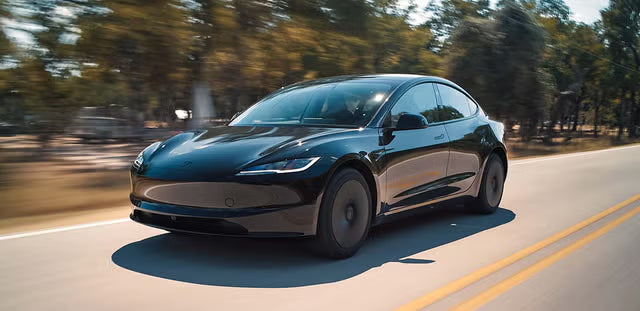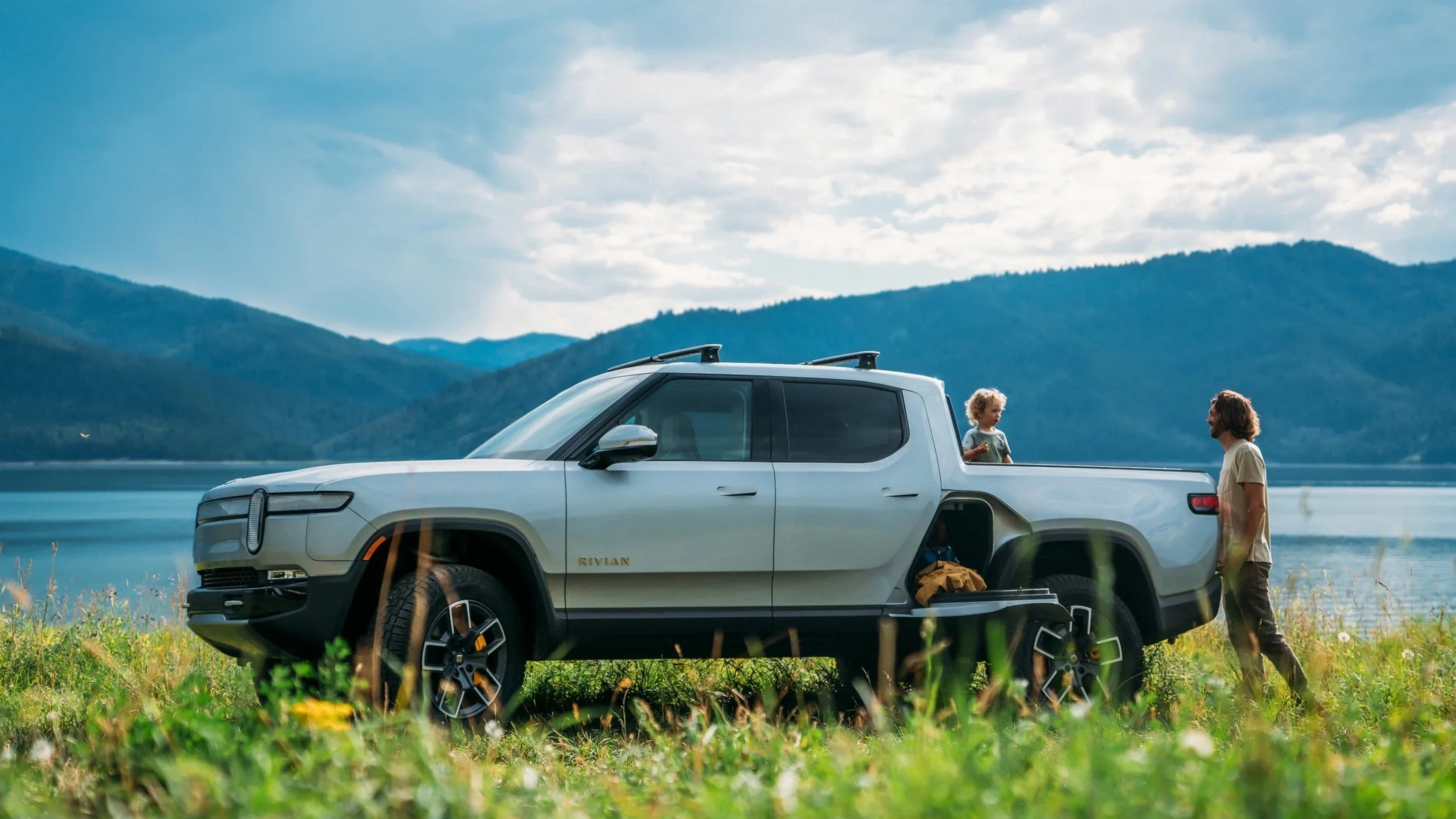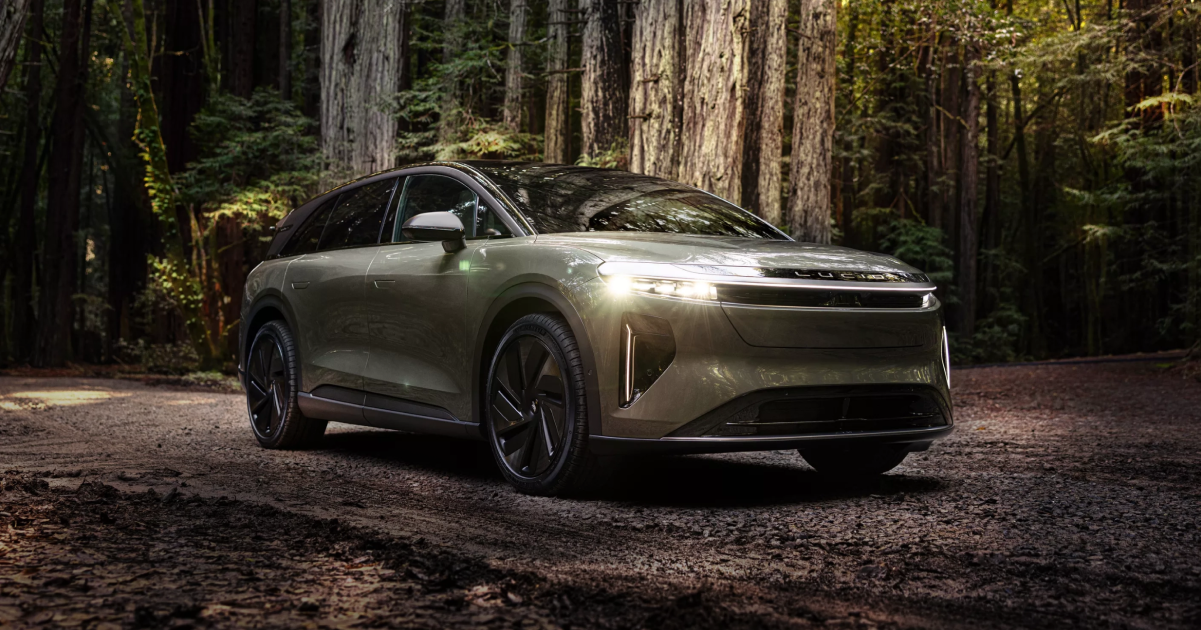Tesla amène enfin le modèle 3 dans la gamme des 30 000 $
Tesla a officiellement lancé la Model 3 Standard 2026 , la version d'entrée de gamme tant attendue de sa célèbre berline électrique. Après des mois de spéculation autour du nouveau Model Y Standard , Tesla a discrètement ajouté la Model 3 Standard à son configurateur américain cette semaine.
Proposée à partir de 36 990 $ hors frais de transport , la Model 3 Standard marque la première fois que la Model 3 « Highland » revisitée atteint le milieu de la fourchette de prix de 30 000 $. Elle offre jusqu'à 515 km d'autonomie estimée par l'EPA , une propulsion et un intérieur minimaliste avec des sièges en cuir vegan rehaussés de textile. Bien qu'elle soit plus abordable, la dernière offre de Tesla se prive de quelques luxes au profit d'un prix abordable.

Plus simple, moins cher et toujours une Tesla
La décision de Tesla s'inscrit dans une tendance plus générale visant à rendre sa gamme plus accessible face à la concurrence croissante des véhicules électriques et à la diminution des incitations fédérales. Cependant, si le prix affiché de 36 990 $ pour la Model 3 Standard semble attractif, le coût final s'élève à environ 38 630 $ après les frais de livraison et de commande obligatoires. De plus, contrairement aux années précédentes, le crédit d'impôt fédéral pour véhicules électriques n'est plus applicable .
Cela signifie que les acheteurs potentiels paieront presque le prix fort, même si des incitations locales ou régionales pourraient encore atténuer le choc. Malgré tout, pour un véhicule électrique offrant une autonomie de plus de 480 km, la Model 3 Standard reste compétitive, notamment face à des concurrentes comme la Hyundai Ioniq 6 ou la Polestar 2, qui coûtent plusieurs milliers de dollars de plus.
Ce que vous obtenez (et ce que vous n'obtenez pas)
La Model 3 Standard conserve de nombreuses caractéristiques essentielles de Tesla, notamment l'accès au Superchargeur , les mises à jour en direct et le même design extérieur élégant du Highland . Elle est équipée d'un système audio à sept haut-parleurs , mais est dépourvue de caisson de basses, d'écran arrière, d'éclairage d'ambiance et de réglage automatique du volant et des rétroviseurs.
Vous manquerez également l'Autosteer et les amortisseurs adaptatifs , ainsi que le tuner radio FM/AM, auparavant disponibles sur les versions haut de gamme. Les vitesses de recharge sont également légèrement inférieures : Tesla annonce une autonomie de 274 km en 15 minutes , contre 313 km sur les modèles haut de gamme.
Cependant, pour la conduite quotidienne, l'essentiel est là : le mode Sentinelle , le mode Chien , la climatisation par application mobile et les mises à jour logicielles OTA qui maintiennent la voiture fraîche et fonctionnelle.
Gamme renommée et remaniement des prix
Outre la nouvelle finition Standard, Tesla a simplifié et renommé le reste de la gamme. La Model 3 est désormais disponible :
-
Propulsion arrière haut de gamme — 42 490 $
-
Premium AWD — 47 490 $
-
Performance — 54 490 $
Le changement de marque aligne davantage la berline sur la gamme Model Y 2026 , créant une hiérarchie cohérente « Standard-Premium-Performance » parmi les principaux véhicules de Tesla.
Compétitif mais pas révolutionnaire
Si la Model 3 Standard permet à Tesla de reprendre pied sur un marché saturé de véhicules électriques, elle n'est toujours pas la « Tesla à 25 000 $ » dont le PDG Elon Musk avait un jour vanté les mérites. Ce modèle abordable, apparemment basé sur une nouvelle plateforme de citadine, a été abandonné lorsque Tesla s'est tourné vers la robotique et le développement de l'IA .
La concurrence se rapproche rapidement. Les prochaines Kia EV3 et EV4 , la Nissan Leaf redessinée et la Chevrolet Bolt de nouvelle génération promettent toutes des performances similaires à des prix plus bas. Nombre de ces nouveaux modèles bénéficieront également de systèmes de recharge modernes de 800 volts et d'un assemblage potentiellement national, ce qui pourrait rétablir l'admissibilité au crédit d'impôt.

La vue d'ensemble
La Model 3 Standard 2026 apparaît comme une solution provisoire, un effort visant à maintenir la domination de Tesla sur le marché, tandis que l'entreprise se concentre sur l'automatisation et les produits de nouvelle génération. En l'absence de nouveaux modèles grand public à l'horizon immédiat, Tesla mise sur les ajustements de prix et les finitions simplifiées pour soutenir la demande.
Reste à voir si cela suffira. Mais une chose est sûre : la Model 3 Standard rend l'acquisition d'une Tesla plus accessible que jamais , même si elle n'est pas tout à fait la révolution des véhicules électriques abordables promise par Musk.
Comparaison des finitions de la Tesla Model 3 2026
| Spécifications | Standard | Propulsion arrière haut de gamme | Transmission intégrale haut de gamme | Performance |
|---|---|---|---|---|
| Prix (avant destination) | 36 990 $ | 42 490 $ | 47 490 $ | 54 490 $ |
| Portée (estimation EPA) | 321 milles | 341 milles | 325 milles | 296 milles |
| Conduire | Propulsion arrière | Propulsion arrière | Transmission intégrale | Transmission intégrale |
| 0–60 mph | 6,1 secondes | 5,3 secondes | 4,4 secondes | 3,1 secondes |
| Vitesse de charge | 170 miles en 15 min | 195 miles en 15 min | 195 miles en 15 min | 195 miles en 15 min |
| Système audio | 7 intervenants | 9 haut-parleurs + caisson de basses | 9 haut-parleurs + caisson de basses | 9 haut-parleurs + caisson de basses |
| Caractéristiques intérieures | Tissu + cuir vegan | Similicuir de qualité supérieure | Similicuir de qualité supérieure | Intérieur sport |
| ADAS | Croisière adaptative uniquement | Pilote automatique | Pilote automatique | Pilote automatique + mode piste |
| Toit | Verre fermé | Verre panoramique | Verre panoramique | Verre panoramique |
Lecture recommandée : Tesla Model 3 — Le guide complet de l'acheteur et du propriétaire 2025








Partager:
Tesla Model Y Standard 2026 : le véhicule électrique abordable de Tesla arrive enfin
La Hyundai Ioniq 5 2026 voit son prix baisser jusqu'à 9 800 $ après la fin du crédit d'impôt fédéral.